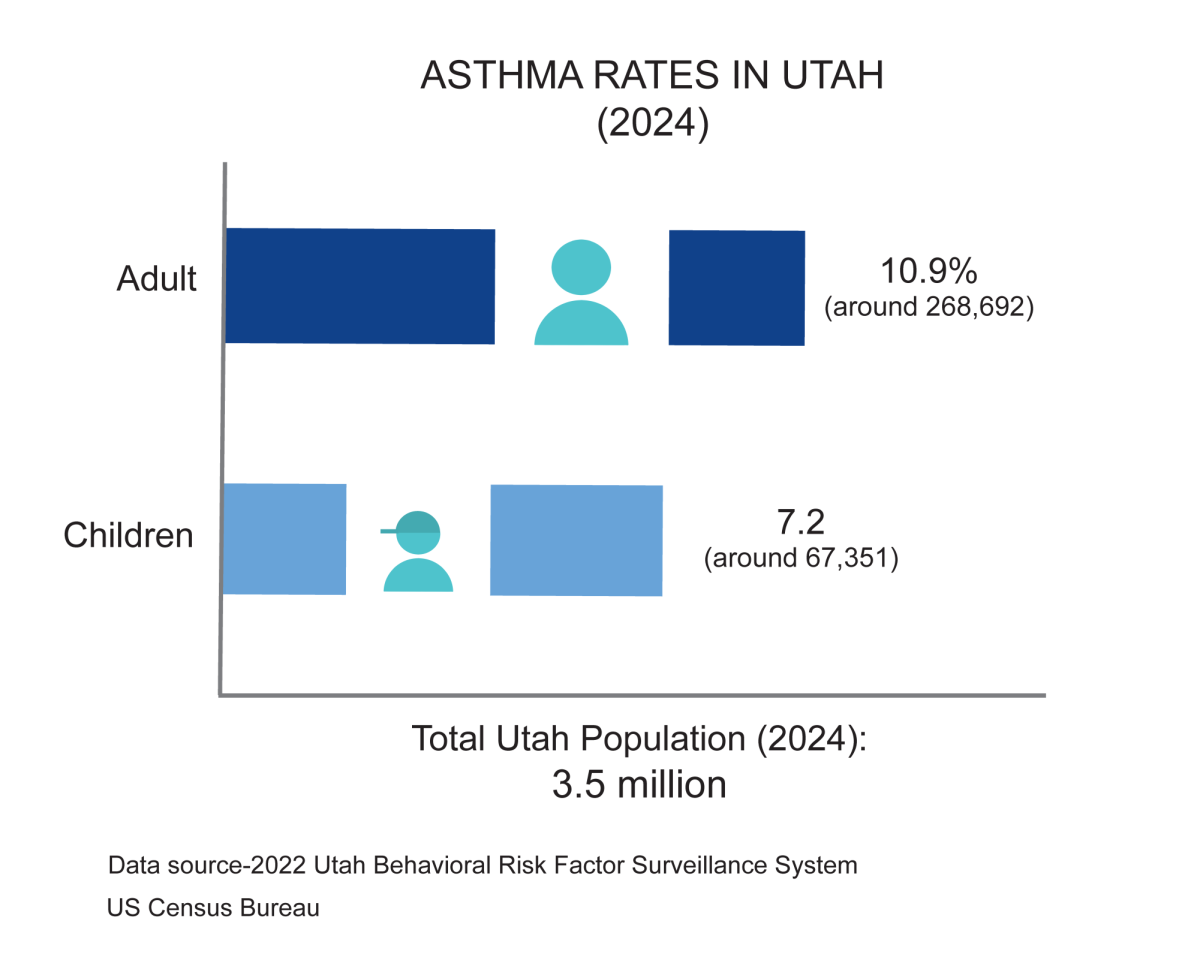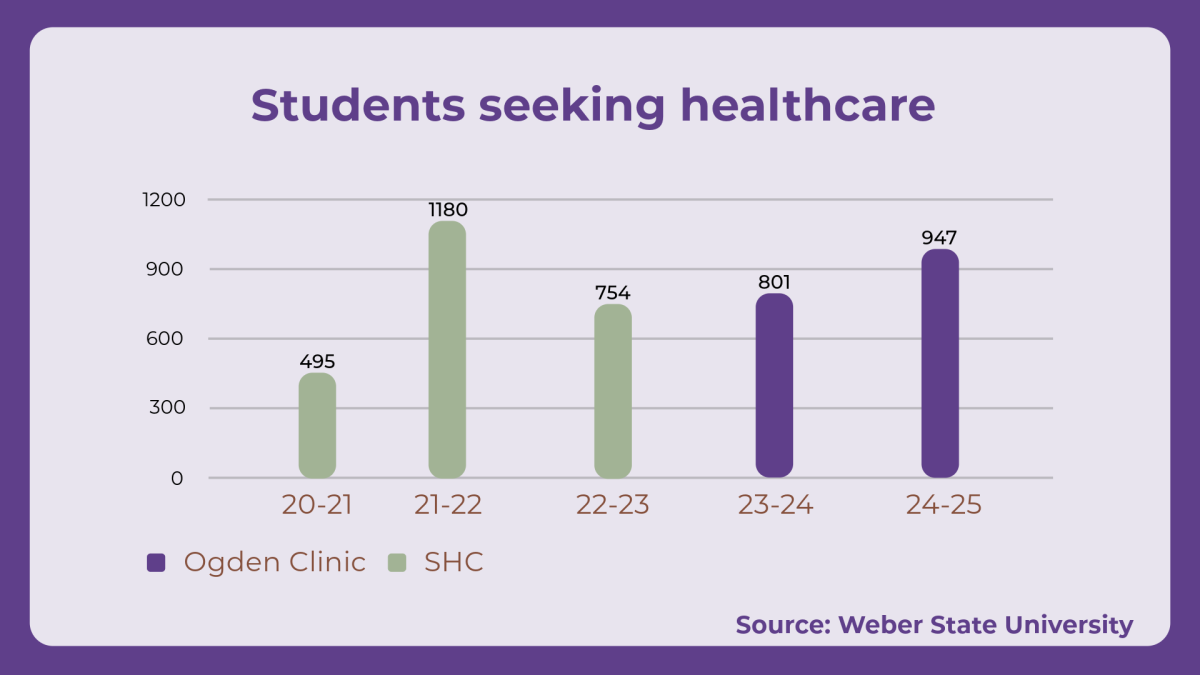We all have days when we feel like our emotions don’t make sense. We are way up high right before we come crashing down. For someone living with Borderline Personality Disorder these feelings never leave.
Borderline Personality Disorder, or what is more commonly known as BPD, is a mental illness that is characterized by instability. Prior to 1980 Borderline Personality was not even a diagnosable disease. It wasn’t until 1980 that the Diagnostic and Statistical Manual for Mental Disorders listed BPD as a diagnosable disease for the first time and BPD was given credibility.
Those who are affected by BPD experience unstableness in moods, emotions and even in relationships they are involved in. Those suffering from BPD will experience impulsive thoughts, reckless decision making and trouble with successfully regulating emotions. In more extreme cases of BPD those affected by it can experience very violent outbursts in addition to the other symptoms.
According to the Diagnostic and Statistical Manual of Mental Disorders in order to be diagnosed with BPD the patient needs to consistently experience five of the following symptoms:
- Extreme reactions
- Intense relationships with family/friends
- Distorted self image
- Impulsivity
- Suicidal behavior
- Mood changes
- Paranoid thoughts related to stress
- Intense anger
- Chronically feeling empty or bored
One of the most common symptoms is experiencing suicidal behavior, which can include suicide attempts and injuries caused by self-harm. It was reported that 80 percent of those suffering with BPD will experience these types of thoughts. It was also reported that anywhere from 4 to 9 percent of those affected will commit suicide.
It is reported that only about 2 percent of the population suffers from BPD, but the National Institute of Mental Health suggests that this number might be low because of how hard it is to actually diagnose someone with BPD. They reported that BPD is often misdiagnosed.
This raises the question of why BPD is so hard to diagnose compared to other mental illnesses. Since it is so common for those with BPD to also suffer from other mental illnesses it can be hard to differentiate between the symptoms since they can often overlap with those that will stem from the co-occurring mental illness. There is no single test that can detect BPD, which makes it more difficult for health care professionals diagnose.
Scientists funded by the National Institute of Mental Health are currently creating and developing better methods to test for BPD. One method that is being experimented with involves showing groups of people, those with BPD and those without, words that have a negative meaning. It is being shown that those with BPD react more intensely to the words than those without the mental illness.
There are no medications that have been approved by the U.S. Food and Drug Administration to specifically treat BPD, so psychotherapy is usually the first option for treating those with BPD. The types of psychotherapy most commonly used are cognitive behavioral therapy and dialectical behavior therapy.
Cognitive behavior therapy helps people to change their core beliefs that can affect their perception of themselves and others. Dialectical behavior therapy focuses on helping the patient be mindful of the situation. These types, and others, of therapy can be done one-on-one or in a group setting.
Since the 1980 research, understanding and treatments have come a long way. Those suffering from BPD no longer have to suffer in silence. For those wanting more information about BPD they can visit www.nimh.nih.gov/index.
Students at Weber State University who are experiencing any of the symptoms of BPD, or any other mental illness, can visit the Counseling and Psychological Services Center which is located in the Student Services building. They can also be accessed online at www.weber.edu/CounselingCenter.







